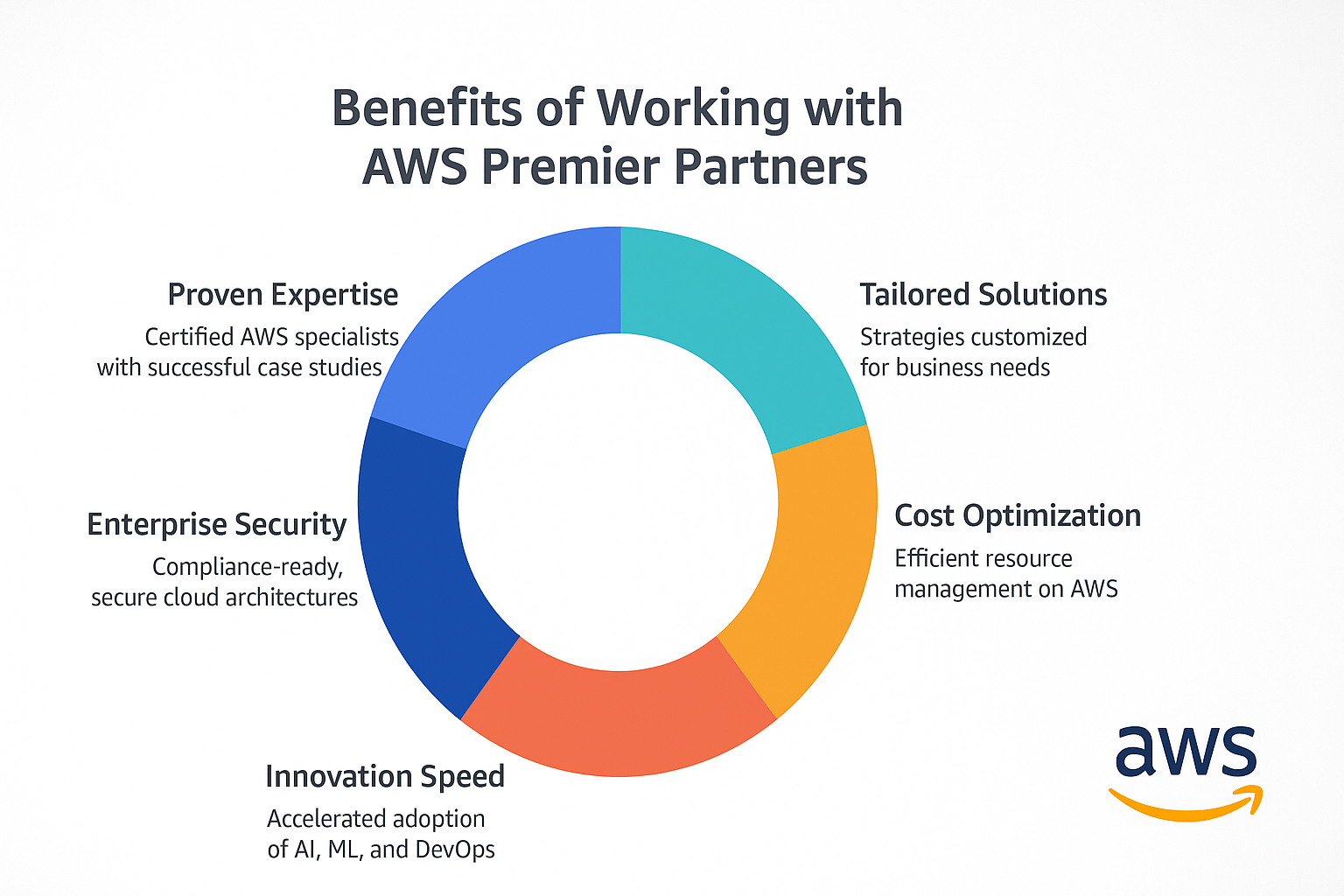Introduction to DevOps Scrum Meetings:
Scrum meetings are essential to the DevOps technique because they serve as the foundation for efficient communication, openness, and ongoing improvement between development and operations teams. These meetings, which are based on the Scrum framework, act as organized checkpoints along a project's lifespan.
Scrum meetings' primary goals are to improve workflows and facilitate collaboration. There are many different kinds of them, such as Daily Standups, Sprint Planning, Sprint Reviews, and Retrospectives. These gatherings serve as the connecting element that ties cross-functional teams together and directs them toward shared objectives.
Scrum meetings offer a disciplined way to coordinate efforts and handle complexity in the world of DevOps, where seamless collaboration between development and operations is essential. They make it possible for team members to communicate progress reports, deal with difficulties, and formulate future plans. As team members discuss obstacles and cooperate to discover solutions, transparency is fostered.
In the DevOps context, setting clear meeting objectives is essential to ensure successful Scrum sessions. Every sort of Scrum meeting has a specific function that advances the development process's overall effectiveness and efficiency.
Daily Standup meetings in the context of DevOps are designed to promote coordination and communication among team members. The purpose of this meeting is to coordinate duties for the day, talk about obstacles, and offer updates on progress.
Specific Meeting Goals:
Continuous improvement is the goal of a sprint retrospective. Reflecting on the procedures and results of the previous sprint is the main goal. The intention is to pinpoint problem areas and make adjustments to improve subsequent sprints.
In the DevOps environment, productive Scrum meetings depend on effective meeting architecture. To enhance effectiveness and collaboration, each type of Scrum meeting adheres to a defined format.
Start by following timeboxing, giving each meeting a certain amount of time in order to avoid wasting time. Team members give succinct updates at daily standups to keep the meeting on track.
Stress the value of establishing specific goals for each Scrum meeting. DevOps Scrum sessions such as Daily Standup, Sprint Planning, Sprint Review, and Sprint Retrospective are discussed. Outline the precise objectives and outcomes that should be accomplished for each sort of meeting.
Successful Meeting Formats:
Give specifics about the ideal structure and format for every Scrum meeting. In particular, draw attention to the importance of timeboxing, agenda items, and roles (such as those of the Scrum Master, Product Owner, and team members). Give advice on how to keep meetings brief and focused while promoting team participation.
An organized agenda is essential. For instance, product backlog review, task estimation, and commitment to sprint goals should all be discussed during sprint planning sessions. Retrospectives examine successes and areas for development whereas Sprint Reviews cover feature demonstrations and stakeholder feedback.
Roles are very important. Meetings are facilitated by the Scrum Master, who also makes sure the procedure is followed. Tasks are prioritized and made clear by the product owner. Team members offer insights and updates.
Encourage participants to give only the most important information during meetings to keep them brief. Refrain from discussing needless details that can be explored elsewhere. To improve clarity, make use of visual aids like charts and boards.
Engagement is essential. Establish a welcoming environment where each team member can contribute freely. To avoid tangents, promote open dialogue while maintaining balance.
In conclusion, a productive meeting format supports collaboration between DevOps teams and the Scrum framework. Teams may organize effective Scrum meetings that promote progress and improve project outcomes by combining timeboxing, clear agendas, role clarity, and active participation.
Collaboration and Participation:
For DevOps adoption to be effective, Scrum meetings must be interactive and collaborative. Effective techniques can increase involvement and improve results.
A potent strategy is to rotate the facilitator's position. This method gives a variety of viewpoints in addition to distributing leadership responsibilities. Team members develop a greater comprehension of meeting dynamics and assume control over the procedure.
Visual aids like sprint burndown charts and Kanban boards are extremely useful. They offer a distinct visual representation of the tasks, development, and bottlenecks. These tools encourage debate, allowing the group to confront problems and develop plans of action as a whole.
Transparent communication is essential. Encourage team members to openly communicate updates, issues, and recommendations. An atmosphere of psychological safety fosters candor and encourages creativity.
The team's comprehension of the status of the project, its obstacles, and its triumphs is improved by adopting these methods. Visual aids improve transparency, rotating facilitators promotes well-rounded leadership, and open dialogue deepens insights. As team members make decisions together, collaboration grows, resulting in enhanced problem-solving and simplified procedures. In the end, active participation in Scrum meetings not only improves project outcomes but also develops a strong and effective DevOps team.
Adaptation and Ongoing Improvement:
Describe how the DevOps team may make ongoing improvements to their Scrum meetings. Encourage the team to conduct regular retrospectives during which they evaluate the success of their meetings and pinpoint areas for improvement. Mention how crucial it is to modify meeting procedures and schedules in response to the team's changing requirements and input.
Successful DevOps Scrum meetings require constant innovation and adaptability. Retrospectives are a crucial component in improving meeting effectiveness.
Retrospectives at the conclusion of each sprint should be encouraged by the team. The team discusses what went well during these sessions and pinpoints opportunities for enhancement in their meeting procedures. This introspective method promotes a culture of growth and development.
Structures for meetings must be flexible. Adaptability guarantees that meetings stay useful and relevant as the team grows and the projects change. Ask team members and stakeholders for input to pinpoint any problems or inefficiencies. To better fulfill the needs of the team, alter the format, frequency, or even the goal of meetings.
Scrum meetings become a constant source of progress by encouraging an attitude of continuous improvement. Accept retrospectives as a way to assess and improve meeting dynamics. Through adaptation, the group may tackle new problems head-on and take advantage of opportunities for improvement. This iterative process not only improves the effectiveness of Scrum meetings but also helps DevOps initiatives succeed in general
Conclusion:
Don't forget to provide relevant examples, actual situations, and any difficulties that teams might run into while putting these criteria into practice. You may write a thorough and practical blog article that assists DevOps teams in conducting highly effective Scrum meetings by addressing each of these issues.
Talk To Our Expert











